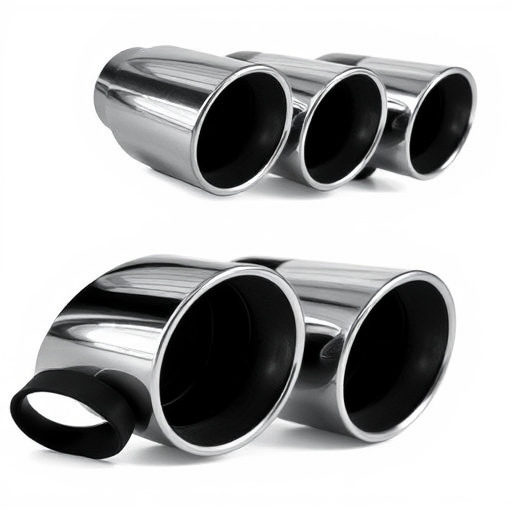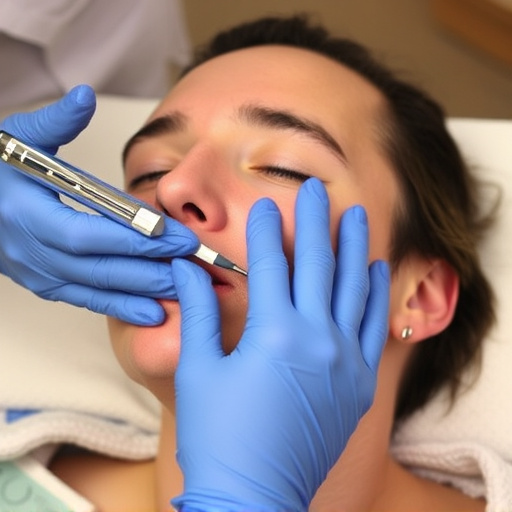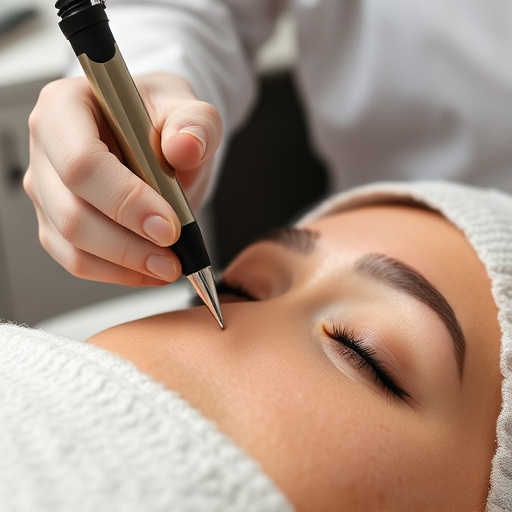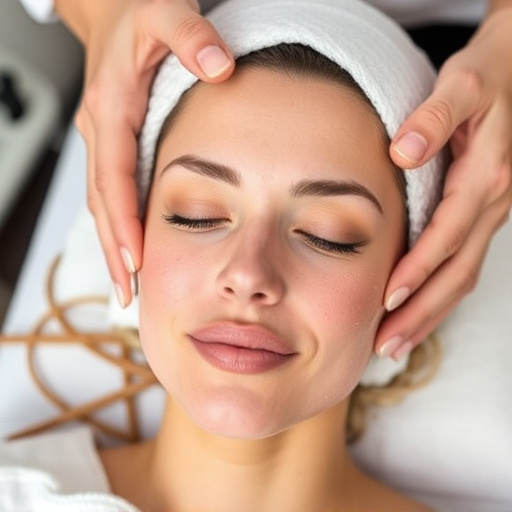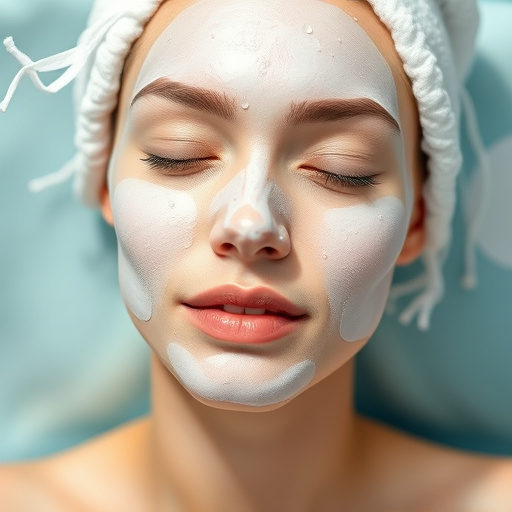Salicylic acid peels, offered by dermatologists and DIY home kits, are popular skincare treatments for exfoliation, pore unclogging, and collagen stimulation. Dermatological procedures provide safer, more precise results tailored to individual skin types and concerns, including mild to severe cases. While DIY peels can improve texture and rejuvenation, they may not offer professional-level outcomes or address specific skin issues like anti-aging or body contouring. Laser hair removal complements these treatments for a holistic skincare approach.
“Unveil your skin’s radiant potential with a deep dive into the world of Salicylic Acid Peels. This powerful ingredient has taken dermatological treatments by storm, offering both professional and DIY options for achieving flawless results. From understanding its benefits and diverse types to exploring secure at-home practices, this article guides you through the nuances of salicylic acid peels. Discover how it can transform your skin, from reducing acne scars to refining texture, and make an informed choice between a dermatologist’s expertise or a do-it-yourself approach.”
- Understanding Salicylic Acid Peels: Benefits and Types
- The Professional Approach: Dermatologist-Administered Peels
- DIY Salicylic Acid Peel: Considerations and Safety Precautions
Understanding Salicylic Acid Peels: Benefits and Types

Salicylic acid peels are a popular dermatological treatment known for their ability to exfoliate skin and reveal smoother, more radiant layers beneath. This procedure involves applying a concentrated solution of salicylic acid to the face, which helps dissolve the glue-like substances that hold dead skin cells together. This action allows for the removal of congestion and buildup, leading to a clearer and more even complexion.
There are various types of salicylic acid peels, each offering distinct benefits. Superficial peels are ideal for mild skin concerns, providing gentle exfoliation. Medium-depth peels address more pronounced issues like acne scars or hyperpigmentation by removing a thin layer of skin. Deeper peels, such as TCA (trichloroacetic acid) peels, are reserved for severe cases and can dramatically transform the skin’s texture and appearance. These procedures not only enhance skin texture but also stimulate collagen production, making them valuable in anti-aging treatments and customizing facials to suit individual needs. Other alternative procedures like laser hair removal might complement these peels by addressing additional skin concerns, offering a holistic approach to skincare.
The Professional Approach: Dermatologist-Administered Peels

When it comes to achieving healthy, radiant skin through chemical peels, a professional approach led by a dermatologist offers a superior and safer alternative to DIY methods. Dermatologists are experts in tailoring treatments to individual needs, considering factors like skin type, tone, and any underlying conditions. This personalized skincare approach ensures the most effective use of salicylic acid peels, a powerful tool for exfoliation and unclogging pores.
Through advanced training and experience, dermatologists employ precise techniques and monitor the peel’s intensity, duration, and frequency to maintain optimal skin health. They also have access to higher-strength solutions that can provide more significant results while minimizing risks like irritation or peeling too severe for at-home treatments. A professional salicylic acid peel is a game-changer for those seeking transformative, personalized skincare.
DIY Salicylic Acid Peel: Considerations and Safety Precautions

DIY Salicylic Acid Peel involves using a concentration of salicylic acid to exfoliate and rejuvenate the skin. Before attempting this at home, consider several key factors. First, ensure the product is formulated specifically for peel use; not all skincare products designed with salicylic acid are created equal. Second, choose a concentration suitable for your skin type; higher concentrations can cause irritation or dryness, especially if your skin is sensitive.
Safety precautions are paramount when using any at-home treatment, particularly those involving chemicals like salicylic acid. Avoid applying the peel near your eyes, mouth, or other sensitive areas. Wear protective gloves and follow all instructions carefully to prevent accidental contact with other parts of your body. Additionally, be mindful that DIY methods may not offer the same level of precision as professional treatments, so manage expectations regarding results, especially when pursuing goals like body contouring or enhancing anti-aging treatments.
When considering a salicylic acid peel, whether through a dermatologist or DIY method, it’s crucial to balance the potential benefits—such as improved skin texture and reduced acne—with safety concerns. While professional peels offer expert guidance and minimal risk, DIY approaches can be cost-effective but require meticulous care to avoid irritation or damage. Ultimately, choosing the right method depends on your individual skin needs, budget, and comfort level with at-home treatments.


